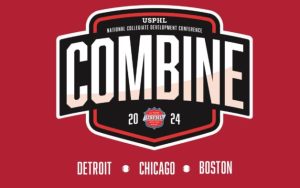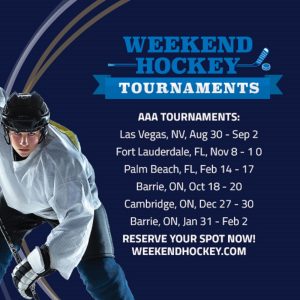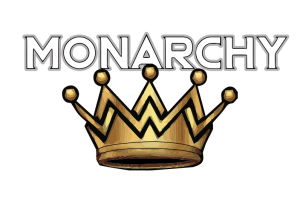Wildcats unveil High Performance Program

Wildcats Hockey Club has always been about building from the ground up, and after more than two years spent working diligently to mold its foundation, the leadership of the Riverside- and Carlsbad-based program is ready to architect the top level.
Starting this fall, the Wildcats will offer their High-Performance Program – a highly competitive system aimed to get the best out of Bantam and Midget players as they begin to dedicate more time and commitment to hockey.
“We always wanted to have a developmental program from the youngest levels and be able to offer the proper development for kids to reach their full potential,” Wildcats president Ben Frank said. “If a kid starts with a certain goal in mind – they want to play college hockey or for Team USA – we want to have the proper developmental tools at every level to help them get there.”
While Frank and his fellow coaches realize not every player will achieve those goals, they’re excited to offer the program to Bantam and Midget tier-level players.
Tomas Kapusta, a veteran youth hockey coach and a western scout for the United States Hockey League’s Muskegon Lumberjacks who’s been with the Wildcats since 2012, will head up the program and estimates that players will participate in 130 practices, 45-50 games and 100 off-ice sessions during the August-March and June spring seasons.
That amounts to about three practices (of 80 minutes), 1-2 games and two-or-more hours of off-ice training each week.
“I think we’re heading in the right direction,” Kapusta said. “Our goal is to give every player the chance, and the hope that they’ll become the best player that he can be.”
The Wildcats recently were recognized as a Model Association by USA Hockey, and have based much of the philosophy behind their High Performance Program on principles developed by USA Hockey and the American Development Model.
They’ve incorporated recommendations for the development of players aged 14-18, and have also studied the methods employed by the U.S. National Development Team and top college hockey programs.
“We felt it was necessary to put our program in line with the recommendations USA Hockey makes,” Frank said. “It takes a lot of work to plan that out.”
Frank and Kapusta understand Bantam and Midget players have a unique opportunity to hone their skills and to understand the complexities of the game; it marks the years when players can be molded into college- or junior hockey-quality talent, and the Wildcats want to ensure they take advantage.
“At that age level, it takes an amazing level of commitment, but if you’re not offered the right guidance, development and training environment, then even the kid who has well-defined goals and the work ethic might not have a chance of making it,” Frank said.
“The philosophy of our organization isn’t all of strategy, systems and games; the science and research have shown that they need a certain amount of practices, skills development and off-ice training. If you’re not doing that, I think you’re compromising the future of those kids.”
Added Kapusta: “When you put the emphasis on training and skill development rather than winning, that’s when you really improve. As a teacher, that’s important to me, and I know it’s important to the Wildcats program.
“We want to win, but we want to make sure we win as a unit and all players feel part of it. Our intention is that all the coaches and everyone on the staff know their assignments and work together.
“We believe that players benefit, enjoy and thrive in an environment where every player has a chance to improve.”
– Greg Ball








